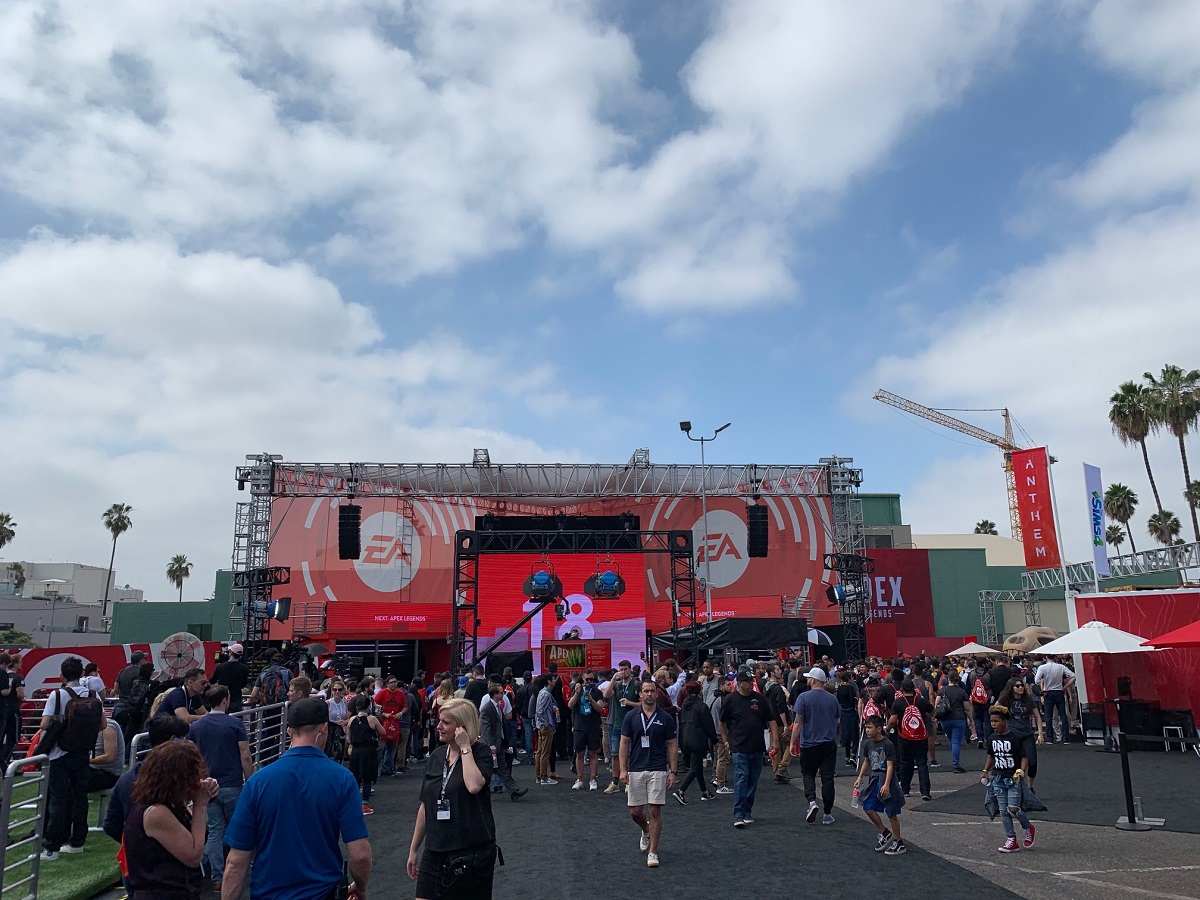A year ago, Laura Miele moved from head of global publishing at Electronic Arts to chief studios officer at the video game giant. She is in charge of EA’s global collection of 20 studios with thousands of game developers at places like EA Tiburon, BioWare, Respawn, and DICE.
Those studios create games that generate billions of dollars in revenue, and Miele rose through the ranks at EA in both development and publishing roles. She has overseen the studios in a tumultuous period, with the high of the success of Respawn Entertainment’s Apex Legends, and the low of the poor launch of BioWare’s Anthem.

Unlock premium content and VIP community perks with GB M A X!
Join now to enjoy our free and premium membership perks.
![]()

![]()